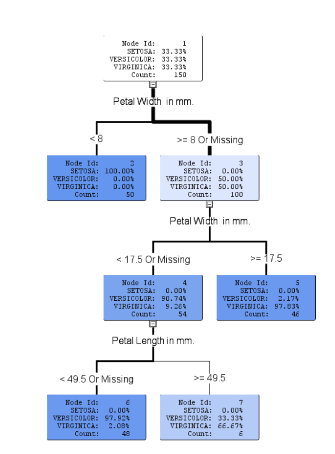A collection of code, notebooks, and resources for training interpretable machine learning (ML) models, explaining ML models, and debugging ML models for accuracy, discrimination, and security.
cd interpretable-ml
virtualenv -p python3.6 env
source env/bin/activate
pip install -r python/jupyter-notebooks/requirements.txt
** Note: if using Ubuntu, you may have to manually install gcc. Try the following
1. sudo apt-get update
2. sudo apt-get install gcc
3. sudo apt-get install --reinstall build-essential
- Presentations
- Jupyter Notebooks
- Simulated Data for Testing Purposes
- Books/Articles
- Responsible Machine Learning: Actionable Strategies for Mitigating Risks & Driving Adoption
- An Introduction to Machine Learning Interpretability, 2nd Edition
- A Responsible Machine Learning Workflow with Focus on Interpretable Models, Post-hoc Explanation, and Discrimination Testing
- On the Art and Science of Explainable Machine Learning
- Proposals for model vulnerability and security
- Proposed Guidelines for the Responsible Use of Explainable Machine Learning
- Real-World Strategies for Model Debugging
- Warning Signs: Security and Privacy in an Age of Machine Learning
- Why you should care about debugging machine learning models

